In this article, we will discuss some of the most essential welding safety tips that every welder should be aware of. Welding is a process that involves high temperatures, powerful machinery, and potential hazards that can cause serious injury if not handled properly. By following these safety guidelines, welders can minimize the risks associated with their work and create a safer environment for themselves and those around them. Whether you are a seasoned professional or just starting out in the field of welding, these tips will help you prioritize safety and ensure a successful and accident-free work experience.
Why is Welding Safety Important?
When it comes to welding, safety should always be a top priority. Welding is a high-risk activity that exposes workers to a number of hazards, including burns, electric shock, fumes, and eye injuries. Implementing proper safety measures not only protects the well-being of workers but also helps to prevent accidents and injuries in the workplace.
Welding safety is important for several reasons. First and foremost, it helps to protect the health and safety of workers. By wearing personal protective equipment, following proper procedures, and implementing safety protocols, workers can reduce their risk of injury and illness. In addition to protecting workers, welding safety also helps to protect equipment and property from damage.
Furthermore, welding safety is essential for ensuring compliance with regulations and standards. OSHA (Occupational Safety and Health Administration) has specific guidelines for welding safety that must be followed in order to maintain a safe work environment. Failure to adhere to these regulations can result in fines, penalties, and legal consequences.
Overall, prioritizing welding safety is crucial for creating a safe and healthy work environment, reducing the risk of accidents and injuries, and ensuring compliance with regulations. By investing in proper training, equipment, and safety protocols, companies can protect their workers and their bottom line.
Welding Hazards Examples
Welding is a critical process in many industries, but it also comes with its fair share of hazards. From electric shock to exposure to harmful fumes, there are several risks that welders face on a daily basis. In this section, we will provide examples of common welding hazards that welders should be aware of in order to prioritize safety in the workplace.
One common welding hazard is exposure to fumes and gases produced during the welding process. These fumes can contain toxic substances such as manganese, chromium, and nickel, which can lead to serious health issues if inhaled in large quantities. It is essential for welders to work in a well-ventilated area and use proper personal protective equipment to minimize exposure to these harmful substances.
Another hazard to be mindful of is the risk of electric shock. Welding involves working with high electrical currents, and if proper safety measures are not followed, welders can suffer from electric shock. To prevent this hazard, welders should always wear dry gloves and keep their work area free of water or moisture.
By being aware of these examples of welding hazards and taking the necessary precautions, welders can ensure a safe working environment and reduce the risk of injuries or health issues related to welding activities.
Welding Safety Tips
Welding is a crucial aspect of many industries, but it also poses various risks to those involved. To ensure the safety of yourself and your team during welding activities, it is essential to implement proper safety measures. Here are some welding safety tips to help minimize the risks associated with welding operations:
- 1. Personal Protective Equipment (PPE): Always wear the necessary PPE, including a welding helmet with a proper filter lens, flame-resistant clothing, safety glasses, welding gloves, and steel-toed boots. This equipment will protect you from sparks, heat, radiation, and other potential hazards.
- 2. Ventilation: Ensure that the area where welding is taking place is well-ventilated to prevent the buildup of harmful fumes and gases. Use exhaust fans or other ventilation systems to maintain clean air quality.
- 3. Fire Safety: Keep a fire extinguisher nearby at all times in case of a fire emergency. Ensure that all flammable materials are kept away from the welding area to prevent accidental fires.
- 4. Training: Make sure that all individuals involved in welding operations are properly trained in safe welding practices. This includes handling equipment, understanding potential hazards, and knowing how to respond in case of an emergency.
- 5. Inspections: Regularly inspect welding equipment, including the welding machine, cables, and gas supply, to ensure that everything is in proper working condition. Replace any damaged or worn parts immediately.
- 6. Secure Work Area: Maintain a clean and organized work area to prevent tripping hazards and ensure that welding equipment is properly secured to prevent accidents.
By following these welding safety tips, you can create a safe working environment for yourself and your team, reducing the risks associated with welding operations. Remember that safety should always be the top priority in any welding project.

